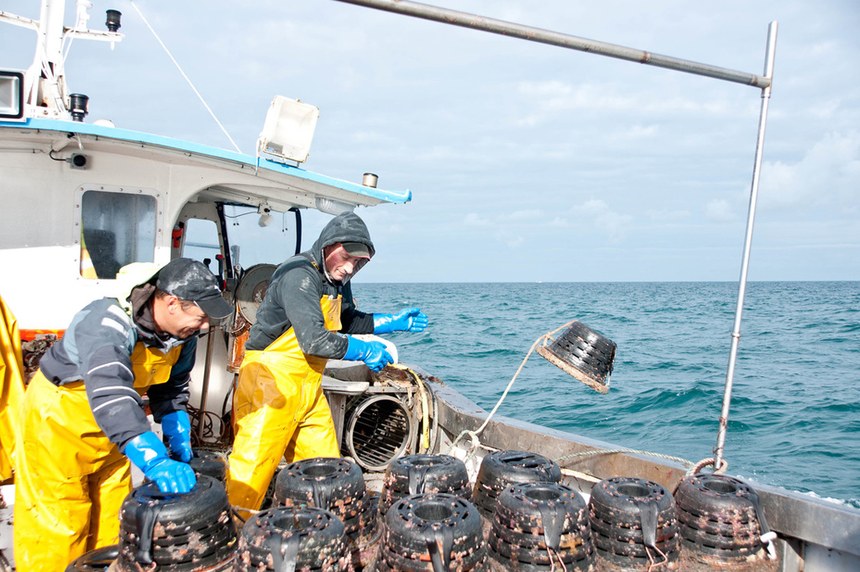Overview
Fisheries are composed of one or more parts, each of which is entitled to receive an MSC certificate. These parts or “units” are defined by their target stock(s), fishing gear type(s) and if relevant vessel type(s), and the fishing fleets or groups of vessels.
When the term “Unit of Certification” is used for fishing units that are in assessment, it refers to the “Unit of Assessment” or “Unit of potential certification”. Expand a status below to view the parts that form this fishery. To check the detailed scope, download the latest certificate or open the Assessments page to get the latest report. Find out more by visiting our page on Fisheries
Catch by Species
| Species | Reported Catch Year | Metric Tonnes |
|---|---|---|
| Whelk (Buccinum undatum) | 2021 | 4,372 |
Information is provided by an independent Conformity Assessment Body as live weight (the weight of species at the time of catch, before processing) and where a fishing season covers multiple years, the end year is given as the reported catch year. Additional information is available in the latest report, see the assessments page.
About this Fishery
This is the first whelk fishery worldwide to enter the MSC assessment programme.
Whelk (Buccinum undatum) is a carnivorous gastropod found in coastal areas to a depth of 30m. It remains mostly immobile and hidden, and uses its foot – which is the edible part – to move and feed.
More than 75% of the entire French whelk harvest comes from Normandy. The greater part of fishing and production occurs between Granville and Cap de la Hague.
Granville Bay whelk fishery comprises 72 whelk fishing vessels that use traditional trap methods, baiting pots with waste fish, green crabs or other unwanted crustaceans. They bring in between 6,000 and 9,000 tonnes of whelks each year, sold by auction to fishmongers, fish merchants and processors.
Sustainability has been a conscious goal of the industry since the mid-80s, following a period of sharp decline. Careful scrutiny of biological data and effective use of technical measures meant the fishery was gradually restored. Boats were limited to a maximum length of 12m with 720 baited pots, a minimum whelk size was agreed, fishing periods were limited, and fewer licenses were granted.
More recently, further efforts to conserve stocks have borne fruit. As scientific monitor Laurence Mace comments, “The number of whelk kilograms landed per trap increased from an average of just under 1kg in 2009 to nearly 1.5kg in 2013; while at the same time, the market size of whelks sold increased!”
Granville Bay whelk fisherman image © Edouard Le Bart / MSC
Market Information
France is the main market, along with Belgium and the Netherlands.
